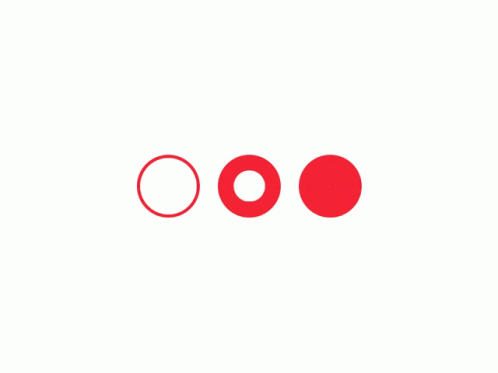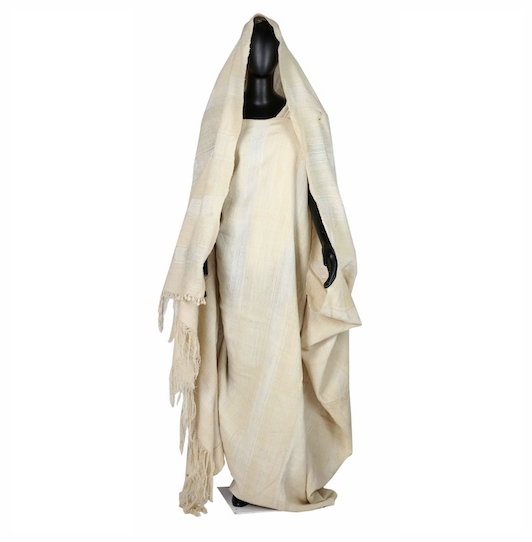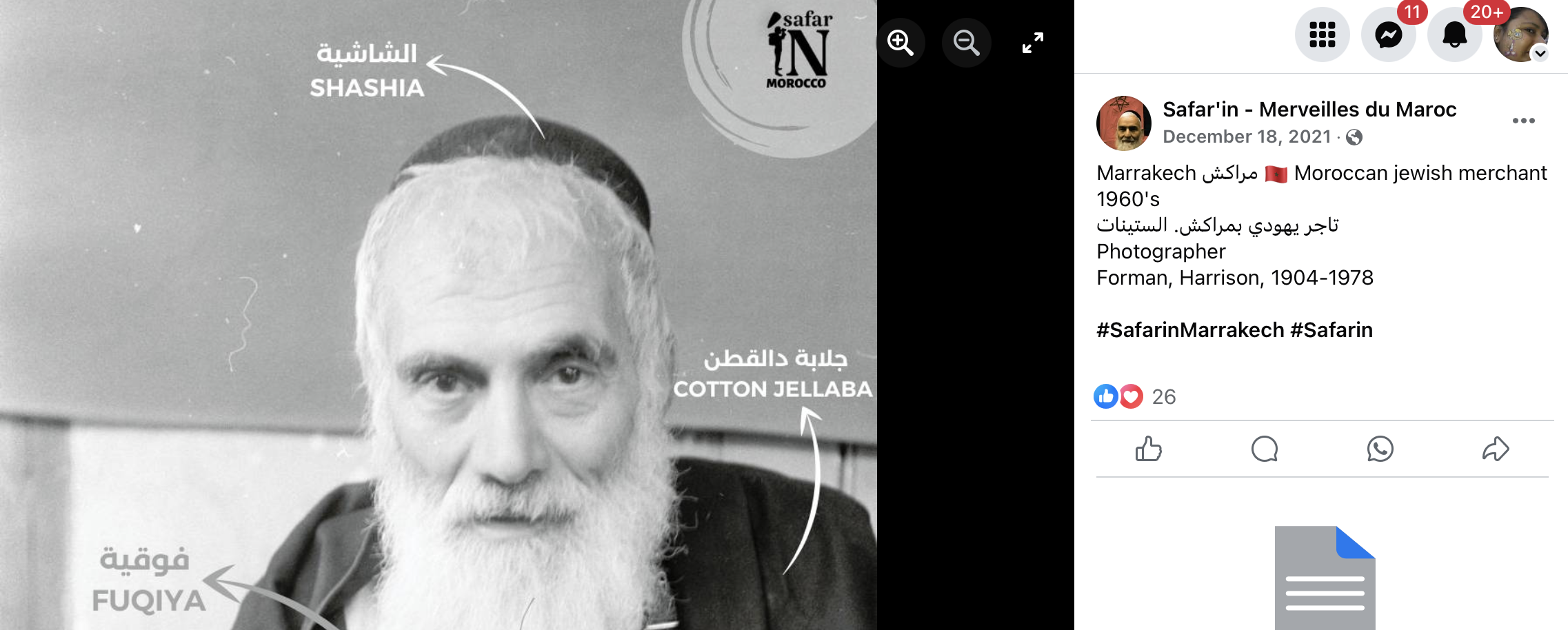




Building upon the preceding segment, this installment continues the exploration of traditional Moroccan urban male dress by turning to the next layer of headwear. The multiplicity of head coverings – ranging in form, material, and method of wear – offers valuable insight into the visual language of socio-economic stratification within Moroccan society. These layers were not merely functional or aesthetic additions; rather, they served as coded signifiers of status, profession, regional origin, and cultural affiliation. In addition to headwear, this discussion will examine the various scarves and torso drapes, or mantles, that complemented male attire. These textile elements, while contributing to the ensemble’s physical structure, also operated as expressive media through which individuals negotiated identity and social belonging in the urban Moroccan milieu.
Headwear (contd):
In the preceding segment, the discussion focused on the diverse range of caps and head coverings traditionally worn by Moroccan men in urban contexts. These included the iconic fez
Fez: (Ottoman Turkish: fes boyası - madder
Madder: (Latin: Rubia tinctorum – Eurasian herb), rose madder, common madder or dyer's madder is a vegetable dye made from the roots of a perennial plant belonging to the bedstraw and coffee family. It has been used extensively as a vegetable red dye across the globe from India to England. Ṭarbūsh: (Turkish: terpos – turban; from Persian serposh – headdress; Synonym: fez), a type of traditional skull cap with a high crown. With a possible Mediterranean origin, this head wear gained popularity in the late Ottoman period and became the forerunner of other similar caps with slight variations.
Rezza and ‘Imamah

The rezza del qaleb was not only associated with middle-class urban men but also formed a standard component of the official attire of imperial and royal functionaries, or makhzin, within the Moroccan court. It was commonly wrapped around the chéchia, reinforcing its visual and symbolic prominence within administrative and ceremonial contexts. Among higher-ranking officers, the rezza was frequently accompanied by an additional turban, the volume of which was proportionate to the wearer’s status and hierarchical position. As observed by Jean Besancenot, in the case of senior officials, this elaborate headdress could involve the use of two separate textiles, each measuring approximately forty yards in length, resulting in a visually imposing and symbolically charged ensemble.

While the rezza del qaleb served as the foundational wrapping, it was often further encased in an additional layer of voluminous muslin Muslin: (Arabic: Mosul – A city in Iraq, or French: Mousse – Foam; Synonym: Mulmul; Melmel), a fine variety of plain-woven cotton unique to the Gangetic Delta – Ganges, Padma, and Meghna rivers. The term is either a derivative of Mosul, where it exchanged hands or "mousse" due to its lightweight and fluffy texture. known as the ʿimamah. Widespread across the Arab world, the ʿimamah – typically composed of lightweight cotton or similar breathable fabric and extending up to six meters – denoted not only a specific type of turban but also the textile used to form it. Its use among elite officials in Morocco reinforced broader regional continuities in dress, while also distinguishing the wearer within the local structures of authority, piety, and erudition.
Scarfs and Other Torso Drapes:
The following section offers a brief examination of scarves and shoulder mantles that are customarily draped around the head and upper torso. These individual textile elements functioned as integral components within a broader system of vestiary layering, frequently worn in conjunction with other garments to form cohesive ensembles. Far from being merely decorative, these draped accessories contributed to the modulation of formality, seasonality, and social distinction, and were often governed by established conventions of material, proportion, and method of wear.
Chane
Chane: A traditional headwear or scarf
Scarf: (English), usually a rectangular piece of cloth loosely worn over the shoulders, upper body and arms, and sometimes also over the head. of small cotton or light wool fabric generally worn by urban older Moroccan men.
The chane
Chane: A traditional headwear or scarf
Scarf: (English), usually a rectangular piece of cloth loosely worn over the shoulders, upper body and arms, and sometimes also over the head. of small cotton or light wool fabric generally worn by urban older Moroccan men. Chane: A traditional headwear or scarf
Scarf: (English), usually a rectangular piece of cloth loosely worn over the shoulders, upper body and arms, and sometimes also over the head. of small cotton or light wool fabric generally worn by urban older Moroccan men.
The ksāʾ (كساء) is generally regarded as an evolution of the hāyīk (حايك), a traditional Amazigh draped garment. The hāyīk (حايك), believed to be of Arab-Andalusian origin, comprised large white rectangular panels of fabric that were fixed in place at the shoulders and upper torso using decorative fibulae. Worn across both rural and urban contexts, the hāyīk not only influenced subsequent forms of draped mantles like the ksāʾ(كساء), but also contributed to the broader lexicon of North African dress, where distinctions of class, age, and ethnicity were often encoded through textile selection, dimensions, and modes of draping.
Thus, the headwear and draped textiles examined in this section – ranging from structured caps such as the fez
Fez: (Ottoman Turkish: fes boyası - madder
Madder: (Latin: Rubia tinctorum – Eurasian herb), rose madder, common madder or dyer's madder is a vegetable dye made from the roots of a perennial plant belonging to the bedstraw and coffee family. It has been used extensively as a vegetable red dye across the globe from India to England. Ṭarbūsh: (Turkish: terpos – turban; from Persian serposh – headdress; Synonym: fez), a type of traditional skull cap with a high crown. With a possible Mediterranean origin, this head wear gained popularity in the late Ottoman period and became the forerunner of other similar caps with slight variations. Chane: A traditional headwear or scarf
Scarf: (English), usually a rectangular piece of cloth loosely worn over the shoulders, upper body and arms, and sometimes also over the head. of small cotton or light wool fabric generally worn by urban older Moroccan men.
The subsequent segment will extend this inquiry into the domain of lower-body accessories, with particular attention to waistbands and footwear. These items, including various forms of the hizām – حزام– (belt or sash) and traditional leather slippers and other footwears, further articulate the performative and symbolic dimensions of dress, providing insight into the ways in which Moroccan men navigated social boundaries, aesthetic expectations, and embodied practices through the everyday act of getting dressed.